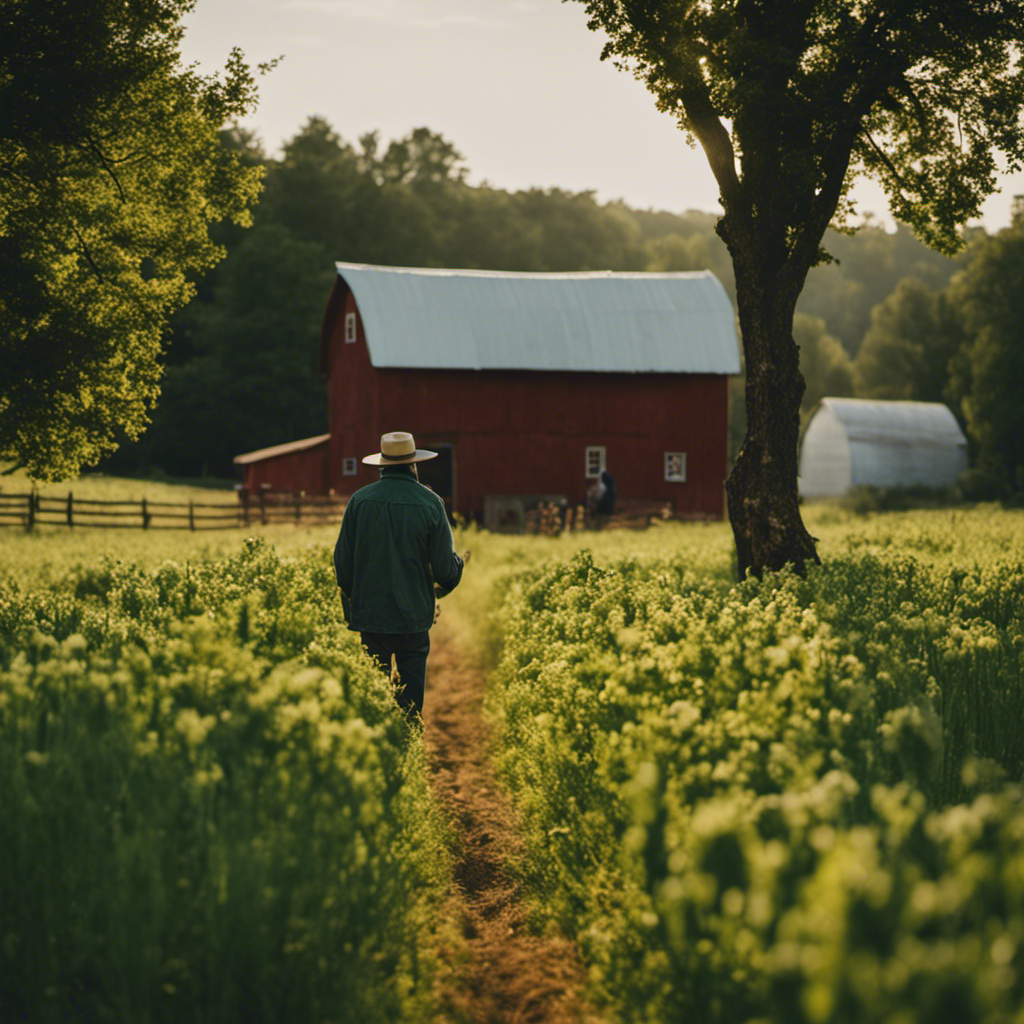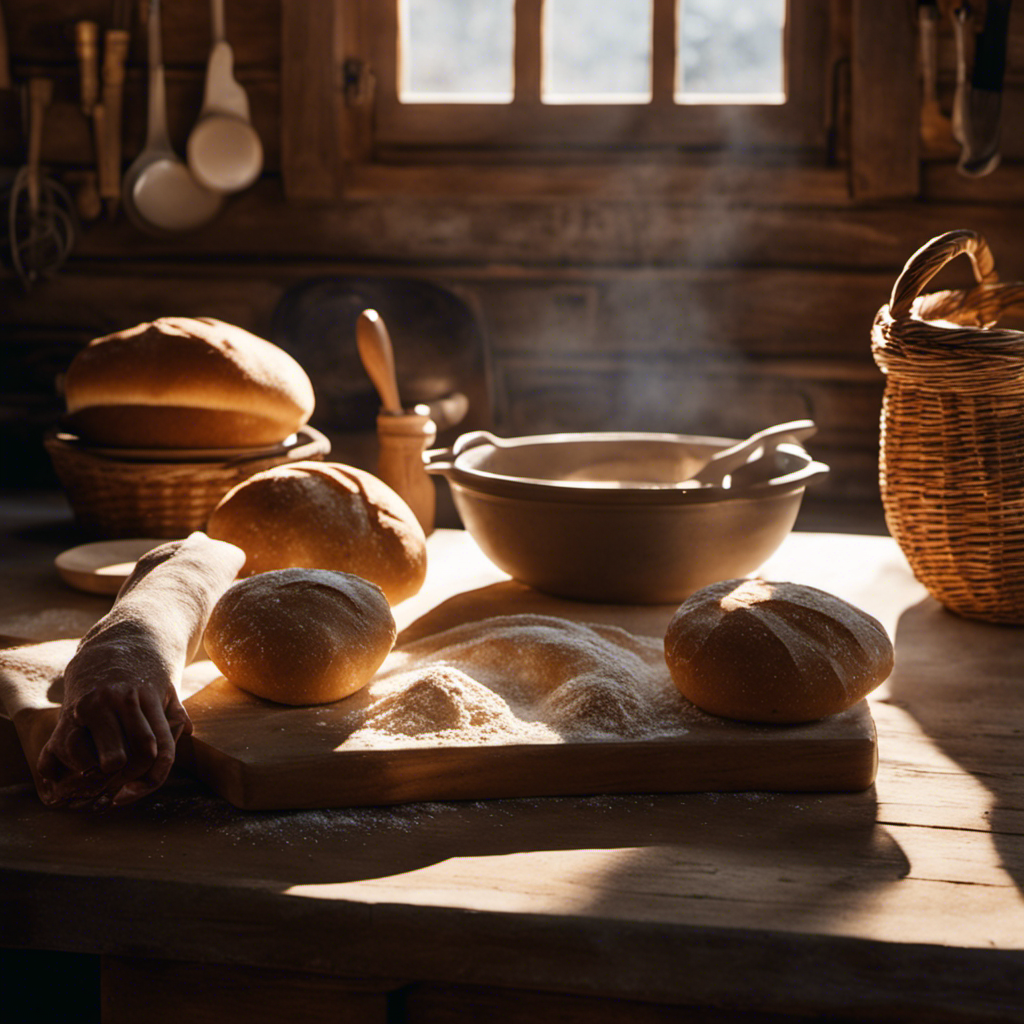To design a 72-hour kit for your family, focus on essential supplies that sustain everyone during service disruptions, like water, non-perishable food, medications, and important documents. Prioritize easy-to-carry items and organize them for quick access. Regularly review and update your kit based on your family’s needs and lessons learned from drills. Engaging with neighbors and practicing response plans will boost your readiness—continue to explore ways to strengthen your emergency preparedness.
Key Takeaways
- Prioritize essential supplies like water, non-perishable food, medications, and important documents to sustain your family for 72 hours.
- Organize your kit for quick access and regularly update it based on changing family needs and lessons learned.
- Include communication tools such as flashlights, batteries, and a battery-powered radio to stay informed and safe.
- Limit items to critical supplies, avoiding unnecessary extras, to ensure efficient use of space and resources.
- Share and coordinate resource plans with neighbors to strengthen community resilience and support during emergencies.

Have you ever wondered if you’re truly ready for an emergency? Preparing a 72-hour kit for your family isn’t just about packing supplies; it’s about strategic planning and understanding what’s most essential. In rural areas, where resources can be scarce and access to help delayed, community drills play a vital role. Participating in community drills helps you practice your response, identify gaps in your preparedness, and coordinate with neighbors. These drills aren’t just exercises—they’re opportunities to reinforce resource prioritization, ensuring you focus on what truly matters during a crisis. By actively engaging in these simulations, you learn to conserve your supplies, communicate effectively, and make quick decisions, all of which are crucial when time is limited.
Community drills enhance preparedness by practicing response, identifying gaps, and focusing on resource prioritization during emergencies.
When designing your kit, resource prioritization is key. You need to determine what supplies will sustain your family for 72 hours, considering possible disruptions in services like electricity, water, and transportation. Think about essentials like food, water, first aid supplies, and hygiene items. But don’t just stockpile everything—focus on the items that will provide the most safety and comfort. For example, water should be prioritized first; aim for at least one gallon per person per day. Food choices should be non-perishable and easy to prepare. It’s also wise to include important documents, medications, and tools like flashlights and batteries. In rural settings, where access to stores can be limited during disasters, having a well-thought-out resource list ensures you aren’t caught unprepared. Additionally, cultivating a creative approach to problem-solving can help you adapt to unforeseen challenges during emergencies.
Effective community involvement can significantly enhance your emergency preparedness. Sharing resources, knowledge, and plans with neighbors creates a network of support. Community drills foster this cooperation, helping everyone understand each other’s needs and capabilities. When everyone is clear on their roles, resource sharing becomes more efficient, reducing the strain on individual supplies and ensuring that no one is left vulnerable. Remember, resource prioritization isn’t just about what you pack but also about how you organize and utilize those supplies during an emergency. Regularly reviewing and updating your kit based on lessons learned from community drills and changing family needs keeps your plan relevant and practical.
Ultimately, your readiness depends on proactive planning, participation in community drills, and strategic resource prioritization. By doing so, you’ll be better equipped to handle unexpected situations with confidence, knowing you’ve thought through what matters most. Preparing now means less panic later, and it guarantees your family’s safety and resilience when facing the unpredictable challenges of rural emergencies.
Frequently Asked Questions
How Often Should I Update My 72-Hour Kit?
You should update your 72-hour kit at least every six months to guarantee storage maintenance and freshness of supplies. Regularly check for expired food, medications, and batteries, replacing items as needed. Setting a kit refresh schedule helps you stay prepared without neglect. Keep an eye on weather changes or recent emergencies that might require more frequent updates. Staying proactive ensures your kit remains effective when you need it most.
What Are the Best Water Purification Methods for Rural Areas?
When it comes to water purification in rural areas, your best options are reliable water filtration systems and purification tablets. Filtration swiftly removes sediments and contaminants, while purification tablets chemically disinfect water, killing bacteria and viruses. Combining these methods offers a double defense, ensuring safe, drinkable water. Always choose equipment suited to your environment, and remember to regularly check and replace tablets to maintain effective purification during emergencies.
How Do I Customize My Kit for Specific Family Needs?
You should customize your kit by considering your family’s specific needs. Include essential family medical supplies like medications and first aid items, and don’t forget pet emergency items if you have animals. Think about dietary restrictions, baby supplies, or any special health requirements. Tailoring your kit guarantees everyone’s safety. Regularly review and update it to match changing needs, so you’re prepared for any situation.
Are There Cost-Effective Ways to Build a Comprehensive Emergency Kit?
Think of building your kit as a treasure hunt for budget-friendly supplies. You can save money by choosing DIY emergency gear and shopping during sales or clearance events. Repurposing household items and making your own first aid supplies also helps. Focus on essentials first, then gradually add extras. This way, you create a thorough emergency kit that’s affordable and reliable, giving you peace of mind without breaking the bank.
How Can I Involve Children in Emergency Preparedness Planning?
You can involve children in emergency preparedness by making it fun and educational. Include them in family activities like packing a go-bag, teaching child safety tips, and practicing emergency drills together. Use age-appropriate language to explain why safety matters, encouraging their participation. This not only helps them learn important skills but also builds confidence and teamwork, ensuring everyone in your family is ready for emergencies.
Conclusion
By assembling your 72-hour kit, you’re planting seeds of reassurance in a garden of uncertainty. When storms roll in or plans shift unexpectedly, this simple act helps you weather the gentle rain and the quiet winds with confidence. Think of it as crafting a cozy nest amid the chaos, where your loved ones can find comfort and hope. With preparedness, you turn worry into quiet strength, ready to face whatever comes like dawn after a long night.











